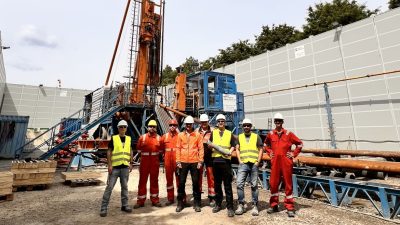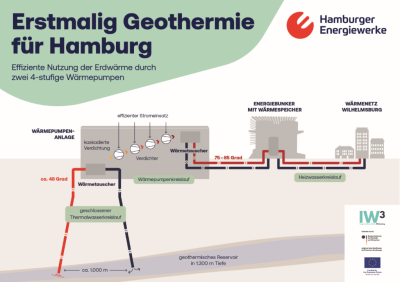Sproule-ERCE to evaluate feasibility of geothermal-helium project in Tunu, Greenland
Sproule-ERCE will be conducting a pre-feasibility study of a helium and geothermal project in Tunu, Greenland being developed by Pulsar Helium.
Sproule-ERCE has been contracted by Pulsar Helium Inc. to conduct a pre-feasibility study for a planned helium-geothermal project at the Tunu site in East Greenland. The pre-feasibility study evaluate the existing geothermal opportunities in more detail alongside potential helium extraction, and is scheduled for completion by the end of August 2025, thus providing Pulsar with a robust technical and economic foundation for future project decisions.
The pre-feasibility study will be led by Sproule-ERCE’s internationally recognised geothermal team, which has supported over 200 MWth of geothermal heat capacity and performed over 40 geothermal feasibility studies and geothermal construction projects globally.
“We are delighted to partner with Sproule-ERCE, whose deep expertise and global track record in geothermal and resource consulting is second to none. The Tunu project is a unique opportunity, combining primary helium and geothermal energy potential in a highly strategic location. This Pre-Feasibility Study could be a crucial step in unlocking additional value for our shareholders and support Europe’s critical raw materials and clean energy ambitions. We look forward to sharing results as the study progresses,” said Thomas Abraham-James, President & CEO of Pulsar.
About the Tunu project
Pulsar’s Tunu Project is located on the east coast of Greenland, near Ittoqqortoormiit and the Scoresby Sound fjord system. The Project is notable for being one of the few primary helium occurrences identified in Europe, with helium concentrations in sampled hot springs reaching up to 0.8%, and also demonstrates significant geothermal energy prospects with reservoir temperatures estimated between 80°C and 110°C, making cogeneration of power and heat potentially feasible. The gas composition is primarily nitrogen and helium, and is not associated with hydrocarbons, which is rare among global helium projects.
A 2024 passive seismic survey identified two main low-velocity anomaly zones, indicating fractured reservoirs that could trap helium and provide targets for exploratory drilling, aligning with surface hydrothermal activity and faults linked to gas emissions.
Pulsar holds first mover advantage for helium in Greenland, and is the first company to receive a licence for helium exploration in the country, granting exclusive rights for helium, hydrogen, and other minerals (excluding hydrocarbons and radioactive elements), and the Project’s location allows for efficient transport of helium to the European market while also offering the potential for renewable geothermal power for the local community.
Source: Pulsar Helium via Globenewswire



















